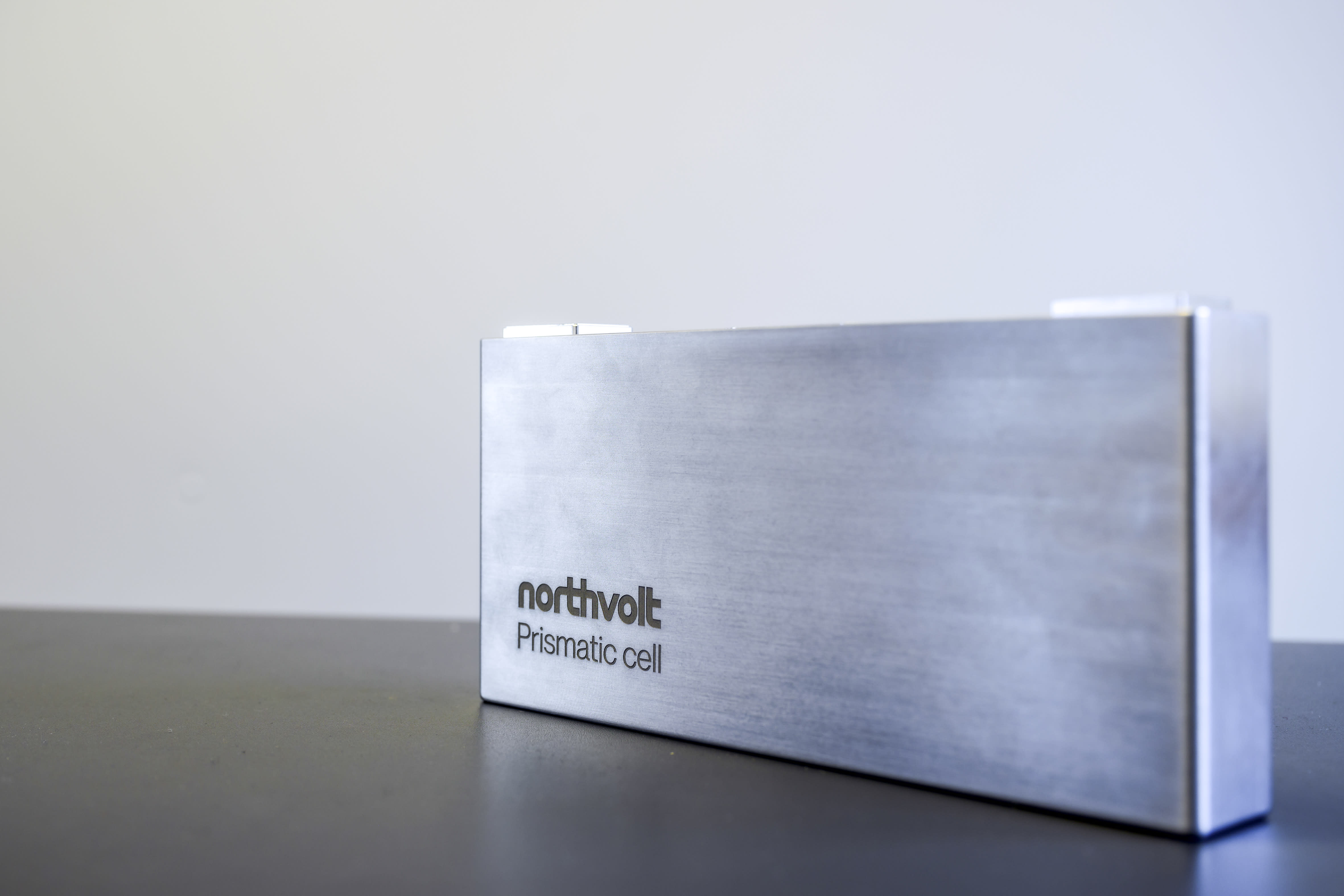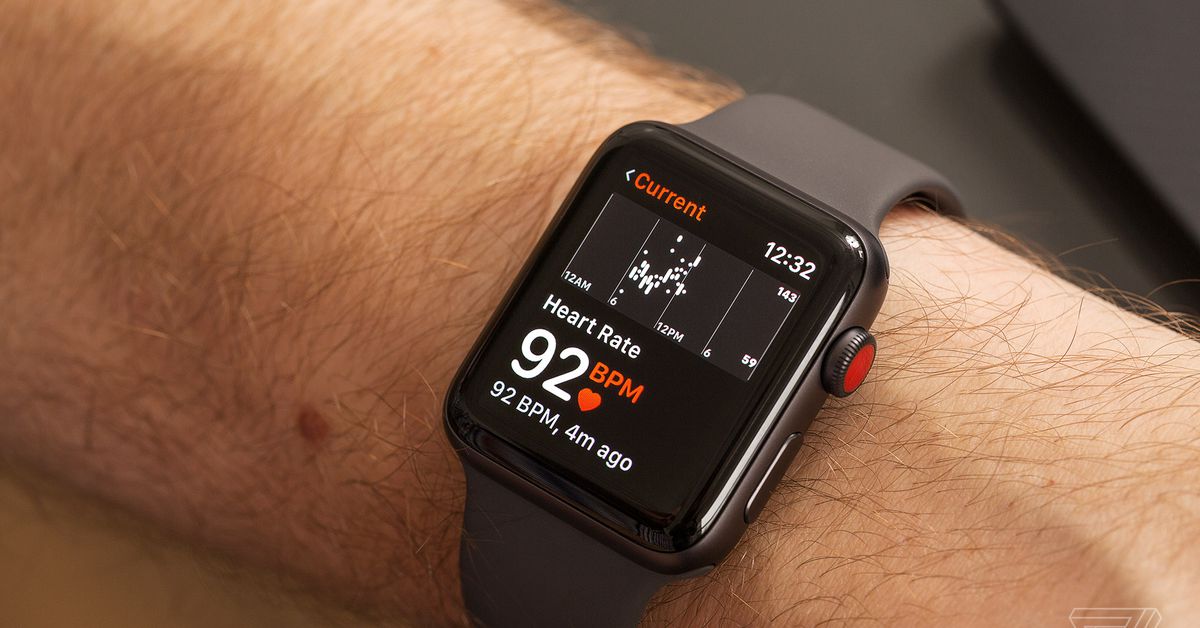Samsung debuts the industry’s first GDDR7 memory chips
Samsung is first out of the gate with GDDR7, but it might be a while before we see it installed into market-ready products. | Image: SamsungOn Wednesday, Samsung announced that it has completed the development of the industry’s first...
/cdn.vox-cdn.com/uploads/chorus_asset/file/24796589/Samsung_GDDR7_DRAM.jpg)
On Wednesday, Samsung announced that it has completed the development of the industry’s first GDDR7 DRAM, the next generation of graphics memory that will feature in future computing, vehicle, and gaming hardware releases. The company’s key partners can expect to install the new chips into their next-gen systems later this year for testing. If all goes well, we could see products running Samsung’s GDDR7 memory hitting the market sometime next year.
“Our GDDR7 DRAM will help elevate user experiences in areas that require outstanding graphics performance, such as workstations, PCs and game consoles, and is expected to expand into future applications such as AI, high-performance computing (HPC) and automotive vehicles,” said Yongcheol Bae, executive vice president of the Memory Product Planning Team at Samsung Electronics.
Samsung claims its new 16GB GDDR7 memory modules will deliver “the industry’s highest speed yet”
Samsung claims that the first generation of its new 16GB GDDR7 memory modules will deliver “the industry’s highest speed yet,” thanks to its adoption of Pulse Amplitude Modulation-3 (PAM3) technology — in simple terms, a form of signal modulation that allows for higher bandwidth compared to GDDR6’s PAM2. According to Samsung, its GDDR7 memory is capable of delivering 1.5TBps of bandwidth, a 40 percent increase compared to the 1.1TBps GDDR6 chips that the company announced last year.
Samsung also says its GDDR7 memory will feature a boosted speed per pin of up to 32Gbps. That’s 33 percent higher than the 24Gbps per pin data rate of Samsung’s top GDDR6 products, though not as high as the 36Gbps per pin speeds that the company has previously said it hopes to deliver. As noted by AnandTech, Samsung has scaled up the speeds of previous generations of its memory technology — having launched GDDR6 at 14Gbps and later increasing it to 24Gbps — so it’s possible that it will similarly improve its GDDR7 chips after they hit the market.
That could provide a more significant jump in bandwidth for graphics cards in the next few years. The fastest GDDR6 memory currently used in GPUs (according to VideoCardz) is a 24Gbps-rated variant of Micron’s GDDR6X featured in the Nvidia GeForce RTX 4080. Otherwise, most GPUs equipped with GDDR6 memory typically run no higher than 20Gbps.
A low-voltage GDDR7 offering will also be available for hardware with power limitations, such as laptops
Samsung claims that its GDDR7 DRAM is 20 percent more energy efficient compared to GDDR6, with “power-saving design technology optimized for high-speed operations.” The company will be offering a low-operating-voltage option for hardware like laptops that need to be more mindful of power consumption but did not reveal any additional details about the performance of such chips. Samsung didn’t disclose what fabrication process it’s using to produce its new GDDR7 DRAM.
The press release also mentions that Samsung is using a new epoxy molding compound designed to minimize heat generation and prevent components from overheating. Samsung claims this provides a 70 percent reduction in package thermal resistance compared to GDDR6 memory chips.
The development of GDDR7 has been an industrywide effort. While Samsung is the first manufacturer to announce that it has completed the development of its own chips, there’s still a way to go before they go into mass production. System design company Cadence has already introduced the industry’s first verification solution for GDDR7, and Micron announced back in June that it expects to debut its own GDDR7 memory in the first half of 2024, which could result in a race to be the first memory manufacturer with a market-ready product.

 BigThink
BigThink 
































